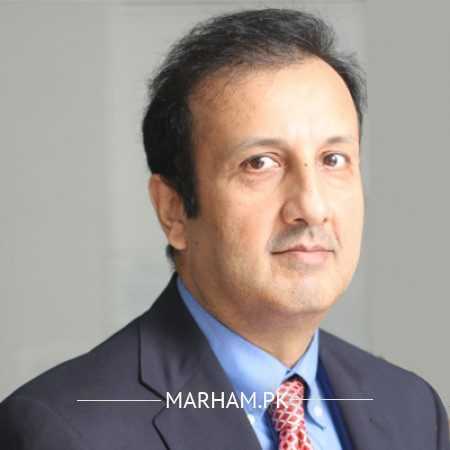An average healthy man needs 2500 calories per day, on the other hand; an average healthy woman needs to intake about 2000 calories per day to maintain their physical health. According to the U.S Food and Drug Authority (FDA), this average calories amount includes 300 grams and 65 grams of carbs and fats respectively. When this amount is exceeded, at first, the body tries to manage and keep up the homeostatic level. But excessive intake of fats and carbohydrates can lead to a number of medical complications, such as; obesity and diabetes, etc.
The liver is a vital organ of the human body. After the intake of meals, the liver plays its role in food processing and triglycerides are released into the bloodstream that is either used as a source of energy to accomplish body needs or stored in adipose tissues.
Also Read: Fat to Fit: How I lost 20 kg in 2 months
As a result of increased fat and carbs intake, obesity results and it leads to an initial increase in glucose production by the liver with the subsequent increase in blood insulin level which is also called as insulin resistance state. If this state remains unchecked it may lead to type II diabetes mellitus.
Obesity:
“People are generally considered obese when their body mass index (BMI) is over 30kg/m².”
How Liver Fuels Obesity?
The key condition that leads to obesity is non-alcoholic fatty liver. This condition is developed when fats and carbs intake increases and trigger the increased level of atypical KPC along with its enhanced activity which leads to an increase in lipid level. This increase in lipid level triggers glucose production and ultimately insulin production increases. In turn, elevated blood insulin stimulates the liver to produce fats which accumulate firstly in the liver causing non-alcoholic fatty liver, then secondly in the bloodstream as triglycerides and cholesterol that leads to cardiovascular problems, and then finally in fat deposits, particularly in abdominal areas to develop a “paunch”. To find the best liver specialist in Karachi, Lahore, Islamabad and other main cities of Pakistan at Marham.
A scientific study in this regard demonstrates that;
“A signaling pathway is identified in liver cells that may contribute to the development of steatosis (fat infiltration in the liver) leading to obesity and insulin resistance. Presence of obesity seems to trigger this pathway.”
Diabetes:
Type II diabetes mellitus is a condition in which insulin is being produced by the body but it fails to perform its function due to insulin resistance (IR). Only a qualified Endocrinologists can help you resolve symptoms of this disease and lead you to a better quality of life. Now you can book an online appointment with the best Endocrinologists In Islamabad, Karachi, Lahore and other cities of Pakistan using Marham forum.
See Also: 5 Best Endocrinologists In Karachi
Insulin resistance may be defined as an altered metabolic condition in which higher than normal insulin levels are needed to achieve normal metabolic responses or normal insulin concentrations fail to achieve a normal metabolic response.
How Liver Fuels Diabetes?
It is believed that hepatic insulin resistance is developed due to fat accumulation in the liver itself. When glucose production increases by the liver it demands high production of insulin to maintain the balance and this increased level of insulin leads to its resistance state and we describe this condition as type II diabetes mellitus. Regarding the primary site of insulin resistance in non-alcoholic fatty liver disease, recent studies show that insulin resistance is critically dependent on, an increase in the activity of a specific liver protein, an enzyme known as Atypical Protein Kinase C.





